Could the secret to managing stress, boosting focus, or even finding a moment of calm lie in something as simple as how we breathe? It’s a question gaining traction across the U.S., from yoga studios in San Francisco to corporate wellness programs in Chicago. Breathwork, once a fringe practice, has surged into mainstream awareness as a tool for mental and physical health. With so many approaches out there, though, where does a newcomer even start? This is where understanding breathwork styles ranked for beginners becomes essential. Not all techniques suit every goal or personality—some energize, others soothe, and a few challenge even seasoned practitioners. What follows is a guide to 12 distinct breathwork methods, unpacked and ordered by accessibility and impact for those just dipping their toes into this transformative practice.
1. Diaphragmatic Breathing: The Beginner’s Foundation

Start with the basics. Diaphragmatic breathing, often called belly breathing, tops the list for its simplicity and immediate benefits. It involves deep inhales that expand the abdomen, not just the chest, promoting relaxation by engaging the parasympathetic nervous system. Studies from institutions like the National Institutes of Health highlight its effectiveness in reducing stress hormones. Anyone can try it—lying down or even sitting at a desk. Inhale for a count of four, feel the belly rise, then exhale slowly. It’s subtle but powerful, especially for anxiety. A middle-aged office worker in a recent workshop described it as “a reset button I didn’t know I had.” This accessibility makes it the ideal entry point before exploring more complex breathwork styles ranked below.
2. Box Breathing: Structure for Focus

Next up is box breathing, a favorite among military personnel and high-stress professionals. Picture a square: inhale for four seconds, hold for four, exhale for four, hold again for four. Repeat. This rhythmic pattern, detailed in research by the Harvard Medical School, calms the mind by regulating the autonomic nervous system. It’s perfect for beginners needing mental clarity before a big meeting or tough conversation. The structure feels grounding, though holding the breath might take practice. Its ranking reflects both ease and utility—just don’t expect deep emotional release from this one.
3. 4-7-8 Breathing: Sleep’s Best Friend

For those tossing and turning at night, 4-7-8 breathing offers a lifeline. Inhale for four, hold for seven, exhale for eight. This technique, popularized by Dr. Andrew Weil, slows the heart rate and eases tension, as supported by findings on the Mayo Clinic website. Beginners find it manageable, though the long exhale can feel odd at first. It ranks high for its specific strength—ushering in sleep—but isn’t as versatile as diaphragmatic or box methods. Try it in bed when counting sheep fails.
4. Alternate Nostril Breathing: Balancing Act
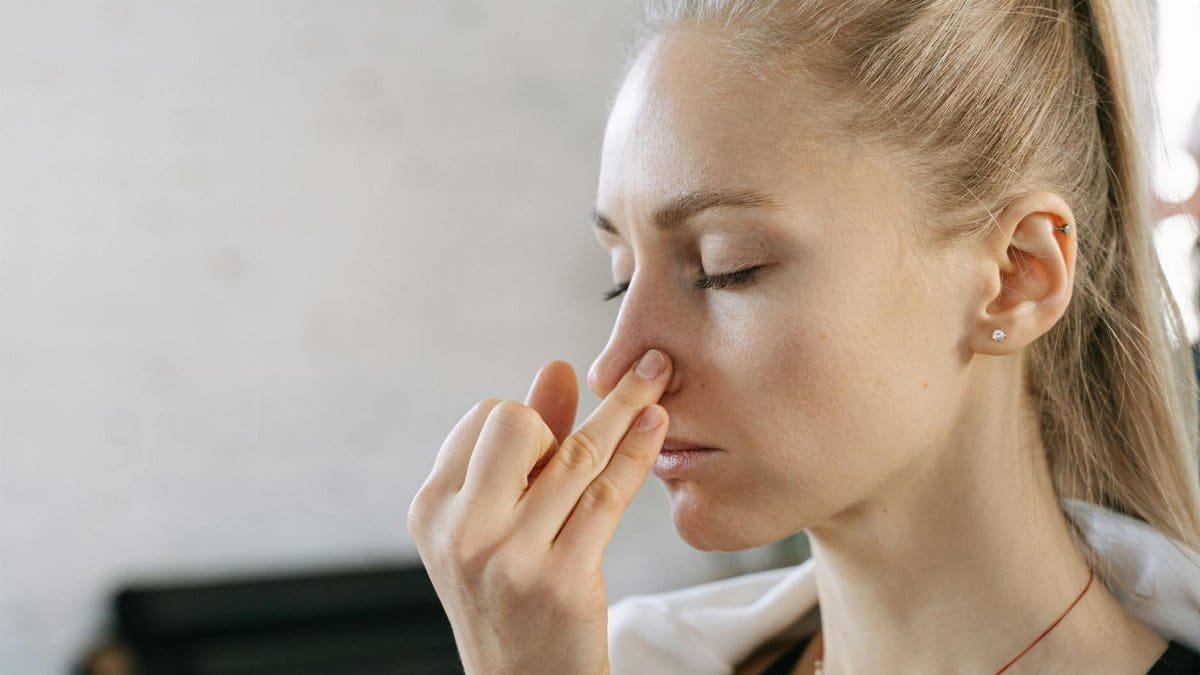
Rooted in yoga, alternate nostril breathing (Nadi Shodhana) involves closing one nostril while inhaling through the other, then switching for the exhale. It’s said to harmonize the brain’s hemispheres, a claim backed by small studies noted on platforms like NIH’s PubMed. For beginners, the hand positioning—thumb and finger blocking nostrils—feels a bit awkward. Still, its calming effect earns it a solid spot among breathwork styles ranked for accessibility. It suits those curious about meditative practices and willing to embrace a touch of ritual.
5. Pursed Lip Breathing: Lung Health Ally
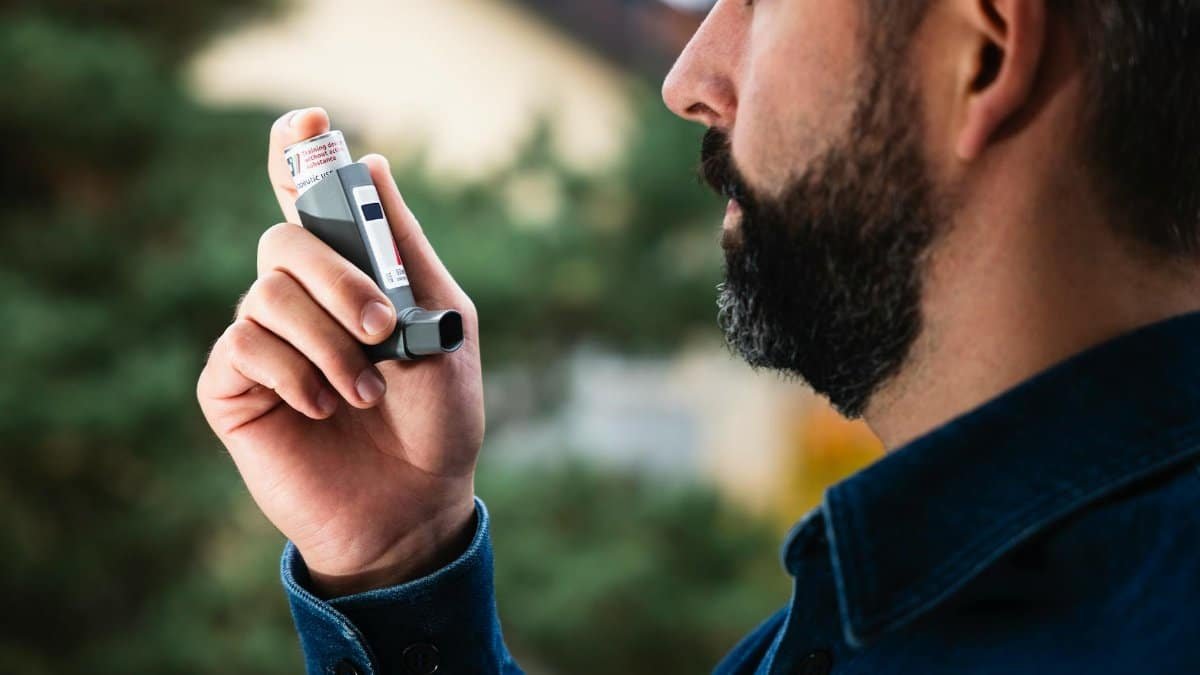
Often taught to people with respiratory issues, pursed lip breathing helps control shortness of breath. Inhale through the nose, then exhale slowly through pursed lips, as if blowing out a candle. It’s practical, especially for older adults or those with COPD, and its benefits are well-documented by health experts. The technique creates back pressure in the airways, keeping them open longer. It’s less about relaxation and more about function, which lands it mid-tier for general beginners. Still, it’s a vital tool for specific needs.
6. Resonant Breathing: Heart Rate Harmony
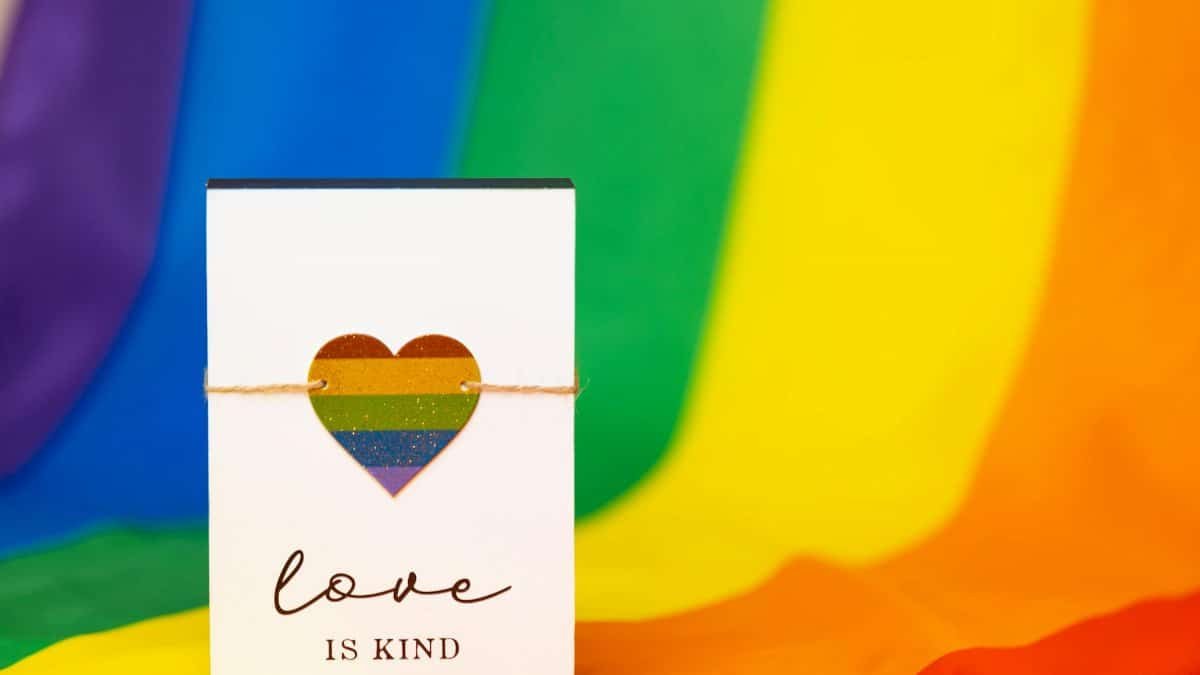
Resonant breathing aims for about six breaths per minute to optimize heart rate variability, a marker of resilience to stress. Inhale for five seconds, exhale for five. Simple enough, right? It requires mindfulness to maintain the pace, which can frustrate newcomers. Research from academic sources suggests it enhances emotional regulation. It ranks here because, while effective, it demands more focus than the top methods. Ideal for those with a few breathing basics under their belt.
7. Ujjayi Breath: Yoga’s Ocean Sound
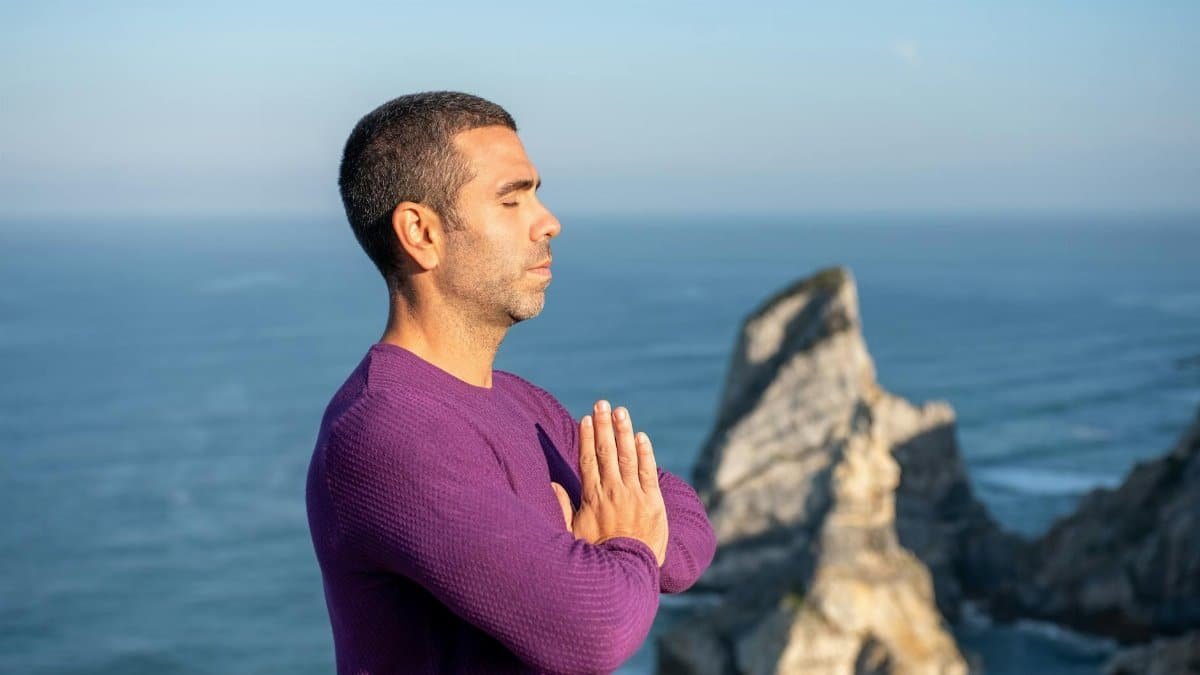
Known as “victorious breath” in yoga, Ujjayi involves a slight constriction in the throat, creating a soft, oceanic sound. It’s often used during movement in yoga classes to build heat and focus. For beginners, mimicking that sound feels unnatural at first, and it’s not as universally calming as simpler techniques. Its mid-list ranking reflects this learning curve. Yet, for anyone pairing breathwork with physical practice, it’s a game-changer.
8. Breath of Fire: Energizing Challenge

Breath of Fire, a Kundalini yoga staple, involves rapid, shallow breaths through the nose, powered by the diaphragm. It’s energizing—think caffeine without the jitters—but it’s not for the faint of heart. Beginners often feel dizzy or overwhelmed if they push too hard. It sits lower among breathwork styles ranked for accessibility due to this intensity. Start slow, maybe with a guided session, if curiosity strikes.
9. Holotropic Breathwork: Deep Emotional Dive

Moving into more intense territory, Holotropic Breathwork uses accelerated breathing, often with music, to access altered states of consciousness. Developed by Stanislav Grof, it’s meant for emotional release and self-exploration. It’s powerful but not beginner-friendly—sessions can last hours and stir up intense feelings. Ranking it here reflects the need for guidance and readiness. It’s less about daily practice and more about profound, occasional work.
10. Transformational Breath: Full-Body Integration

Transformational Breath combines deep, connected breathing with body mapping and affirmations. It’s designed to clear emotional blocks and increase energy. For newcomers, the multi-step process feels complex, and sessions often require a facilitator. Its lower ranking stems from this barrier to entry. Still, those seeking a holistic shift might find it worth the effort after mastering basics.
11. Rebirthing Breathwork: Past Trauma Focus
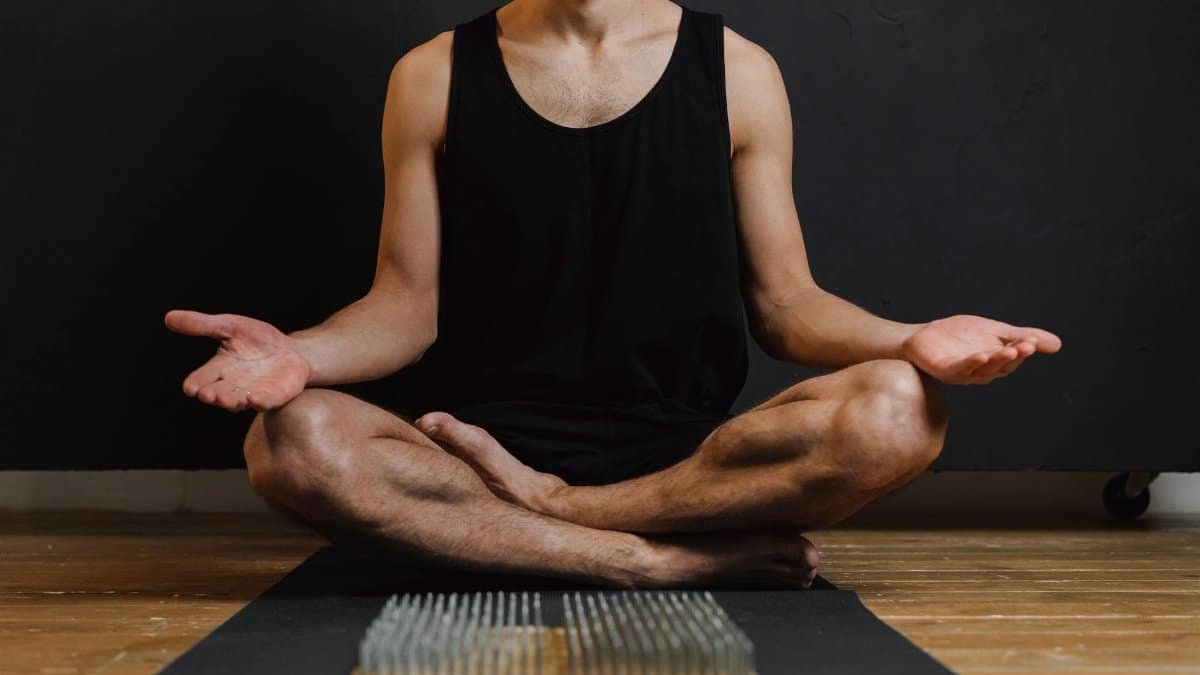
Rebirthing Breathwork, developed in the 1970s, uses circular breathing—no pauses between inhale and exhale—to revisit early life experiences or trauma. It’s intense, often emotional, and definitely not a starting point. Beginners could feel overwhelmed without proper support. It ranks near the bottom due to its specialized nature and the need for professional oversight. Proceed with caution and curiosity.
12. Wim Hof Method: Cold Exposure Companion

Rounding out the list, the Wim Hof Method pairs controlled hyperventilation with breath holds, often alongside cold exposure like ice baths. It’s marketed for boosting immunity and endurance, with some preliminary research supporting claims around stress response. For beginners, though, the extreme nature—both the breathing and the cold—feels daunting. It lands last among breathwork styles ranked for accessibility. It’s best for the adventurous who’ve built a foundation elsewhere.
Choosing What Fits Your Life
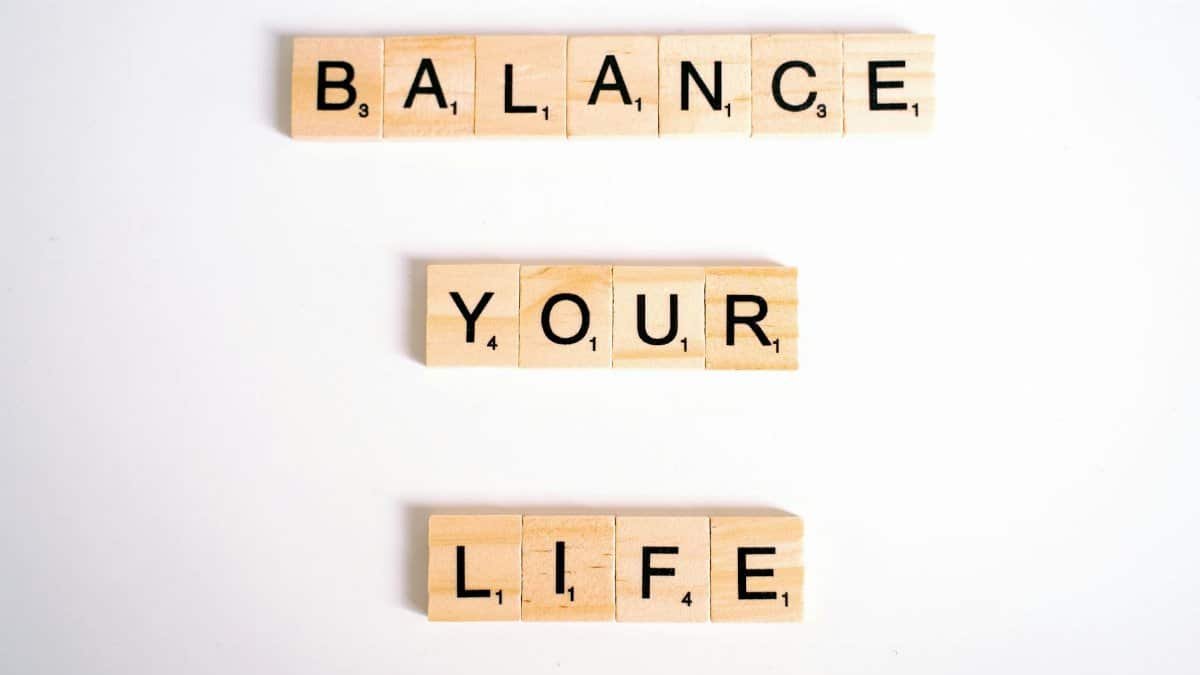
With 12 methods laid out, the question isn’t just which works best but which works for you. A busy parent might lean toward 4-7-8 breathing for quick calm at bedtime, while someone craving energy could test Breath of Fire with caution. Context matters. In 2025, as wellness trends continue to evolve, breathwork remains a low-cost, portable tool—no equipment needed beyond your own lungs. Online forums often buzz with personal takes; one anonymous user recently shared feeling “reborn” after just a week of diaphragmatic practice, though they struggled with consistency. Experimentation is key. Start at the top of this ranking, ease in, and notice what shifts.
Why Breathwork Matters Now

Stress isn’t going anywhere. Between economic pressures and digital overload, Americans are seeking antidotes. Breathwork offers something rare: control over the body’s response to chaos. It’s not a cure-all, but it’s a start. Rankings aside, the real value lies in accessibility—most of these techniques cost nothing and take mere minutes. As more research emerges, expect breathwork to cement its place in wellness routines across the country. For now, it’s a quiet revolution, one breath at a time.
